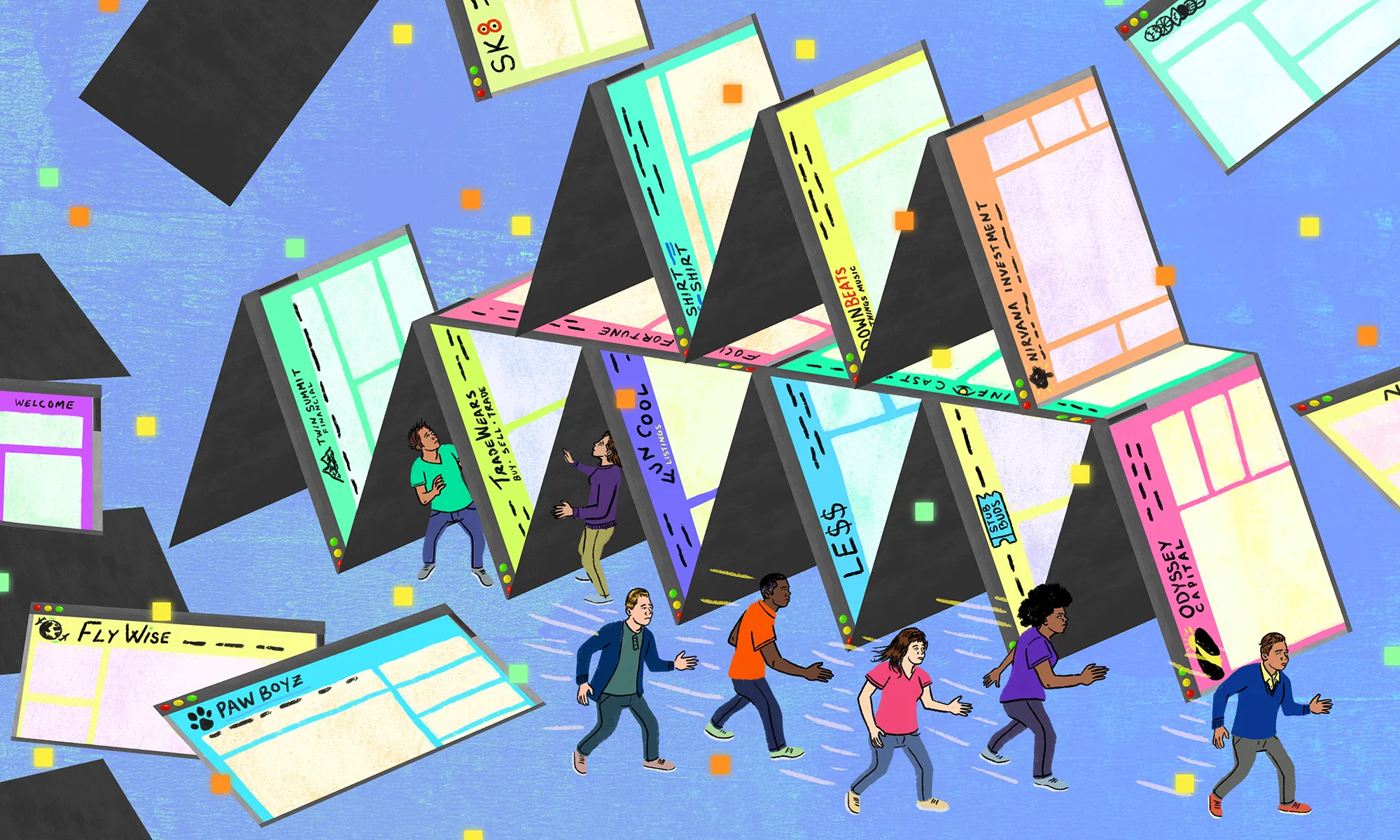Riding the Rollercoaster of Wild Expectations: Seven Mood Swings That Inflated the Dot-Com Bubble Beyond Belief
The dawn of the internet era in the late 1990s birthed a new wave of optimism, innovation, and wild expectations. This period, known as the dot-com bubble, was an economic rollercoaster characterized by a rapid rise and fall in the equity value of companies dealing in internet-related services. This section sets the stage for an in-depth exploration of the seven mood swings that inflated the dot-com bubble beyond belief. It will delve into the origins, the hype, the crash, and the lessons learned from this tumultuous period in the history of the World Wide Web.
The excitement of the internet's potential led to a rush of investments in tech companies, with investors hoping to cash in on the next big thing. This speculative frenzy was fueled by a combination of overconfidence, irrational exuberance, and a fear of missing out. The result was an economic bubble that, when it burst, led to the loss of billions of dollars and the collapse of many internet companies.
The Age of Innocence

The dot-com bubble began in an era of innocence and optimism. The internet was seen as a revolutionary tool that would change the world, and investors were eager to be part of this change. This section will explore the early days of the dot-com bubble, the rise of internet companies, and the mood of unbridled optimism that pervaded the industry.
Investors, entrepreneurs, and the media were all swept up in the excitement of the internet's potential. Companies with little more than a business plan and a dot-com in their name were receiving millions in venture capital. The stock prices of these companies soared, despite many of them having no profits or even a clear path to profitability.